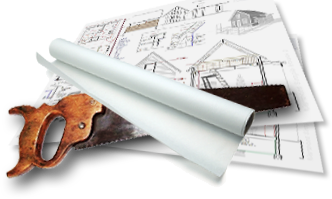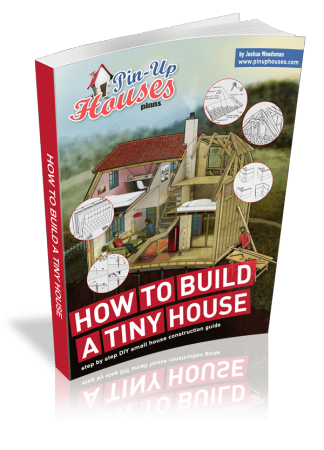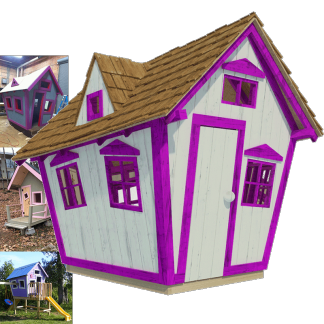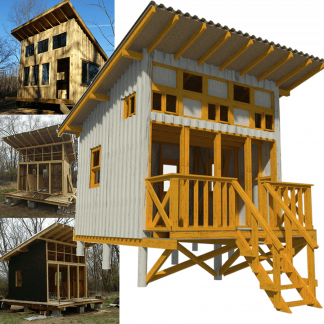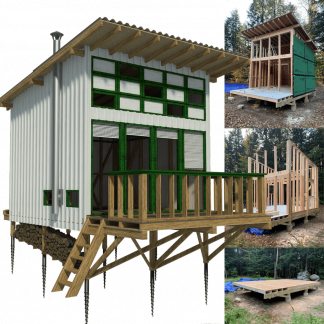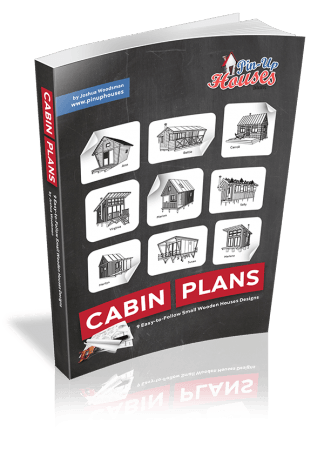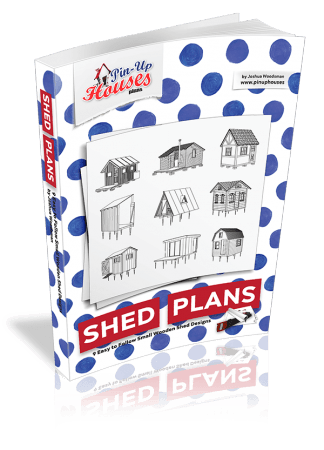Upgrading from a starter home to a forever home is one of those moments that feels both exciting and slightly nerve-wracking. It’s a big shift. And for a lot of families, the real challenge isn’t just finding the right place. It’s figuring out how to make the move without blowing up the budget. If you’ve felt stuck between wanting more space and wanting to stay responsible, you’re definitely not the only one.
Honestly, this whole process feels less intimidating when you break it down. So let’s walk through it together.
What Your Starter Home Has Already Taught You
Your starter home has probably taught you more than you realized. There’s something about living in a place day after day, hearing the hum of the dishwasher at night or squeezing backpacks into the same corner every morning, that reveals what really works for your family.
Maybe you realized you need more storage than you ever guessed. Maybe the kitchen layout never matched the way you cook. Or maybe, surprisingly, you realized you don’t need as much space as you once thought. Those tiny annoyances and small joys are clues.
And they matter.
So before imagining a huge backyard or a list of extra bedrooms, take a breath and think about what your current home has shown you. What helped? What held you back? What would make everyday life feel lighter?
These little insights keep your forever home vision grounded instead of turning into something unrealistic. And that clarity is priceless.
Defining a Forever Home Without Blowing Up the Dream
It’s so easy to dream big when you start thinking about the house you’ll stay in long-term. But forever homes aren’t always enormous or fancy. They’re often the homes that simply support your life in a steady, practical way.
Think about how your needs might shift. Kids grow. Parents visit. Jobs change. Suddenly the corner of the kitchen you used as a workspace feels way too cramped.
Ask yourself what will still matter ten years from now. Will that extra-large closet really shape your day? Will the bonus room actually get used? Sometimes the features that seem important now fade fast once you settle in.
You know, the real magic happens when the home fits your life without forcing you into more than you need.
Knowing Where You Stand Financially
Before hopping into home tours, it helps to know exactly where you stand. Not roughly. Not “I think we could swing it.” But clearly.
That means checking your equity, getting a handle on your savings, and really understanding what future monthly payments might look like. And once you see the full picture, it’s easier to map out what’s realistic versus what might need to wait. For some families, tapping into home equity loans becomes a strategic way to open up options without derailing long-term goals. The key is making choices that support your future, not strain it.
The goal isn’t to stretch yourself thin. It’s to get ahead of any surprises. And maybe, you know, avoid falling in love with a house that ends up being just out of reach.
Smart, Budget-Friendly Ways to Upgrade
You can move up without overspending. Really. Some of the smartest choices are the ones that seem the most low-key.
Prioritize location over square footage. A good neighborhood tends to hold its value far better than a slightly bigger house that doesn’t feel right.
Stay open to cosmetic fixer-uppers. Sometimes a place just needs fresh paint, new lighting, or updated flooring to feel completely different. And the best part? These homes are often priced lower, especially in crowded markets.
Watch the timing. Seasons shift. Rates change. Inventory goes up and down. A little patience can make things easier on your budget.
And here’s something people rarely admit. When you walk into a staged home that smells like fresh cookies and sunshine, it’s easy to picture your whole life unfolding there. But keeping your emotions in check protects you from overspending.
Honestly, a deep breath before you get attached can work wonders.
Planning for the Move and the Messy Middle
Upgrading is exciting, but the middle part? The packing, the timing, the “where do we stay for a week while everything settles” part? That’s the messy zone.
If you’re selling your starter home, small improvements often go further than big renovations. A fresh coat of paint, some decluttering, maybe fixing that one squeaky door you’ve ignored for years. These little things can actually boost your final numbers more than you’d think.
And sometimes the timing won’t line up. You might have to stay with family or rent a short-term place. It’s not ideal, but it’s temporary. And planning for these bumps takes a lot of pressure off when things get unpredictable.
Don’t forget the hidden costs either. Movers, cleaning, repairs, utility transfers, boxes, tape, and last-minute errands. It adds up quietly. Being aware of it early makes everything feel smoother.
When Staying Put Might Actually Be the Smarter Move
Some families reach the point where they feel ready to move, only to realize their current home still has potential. Renovations can solve the same problems for less money.
Maybe removing a wall opens the space. Maybe a basement becomes the bonus room you’ve been craving. Maybe reorganizing storage solves the clutter that’s been driving you up the wall.
So here’s a real question. Do you truly need a new home, or do you need a home that works better? Sometimes the answer surprises people.
Your starter home might still have room to grow with you. And in a tricky housing market, staying put can actually be the smartest move of all.
Bringing It All Together
Upgrading from a starter home to a forever home doesn’t have to drain your savings or create a ton of stress. When you understand what you need, know your financial limits, and try not to rush, everything feels more manageable.
The best forever homes aren’t always shiny or huge. They’re the ones that adapt with you. The ones that feel steady. Comfortable. Yours.
And maybe that’s the real goal.

